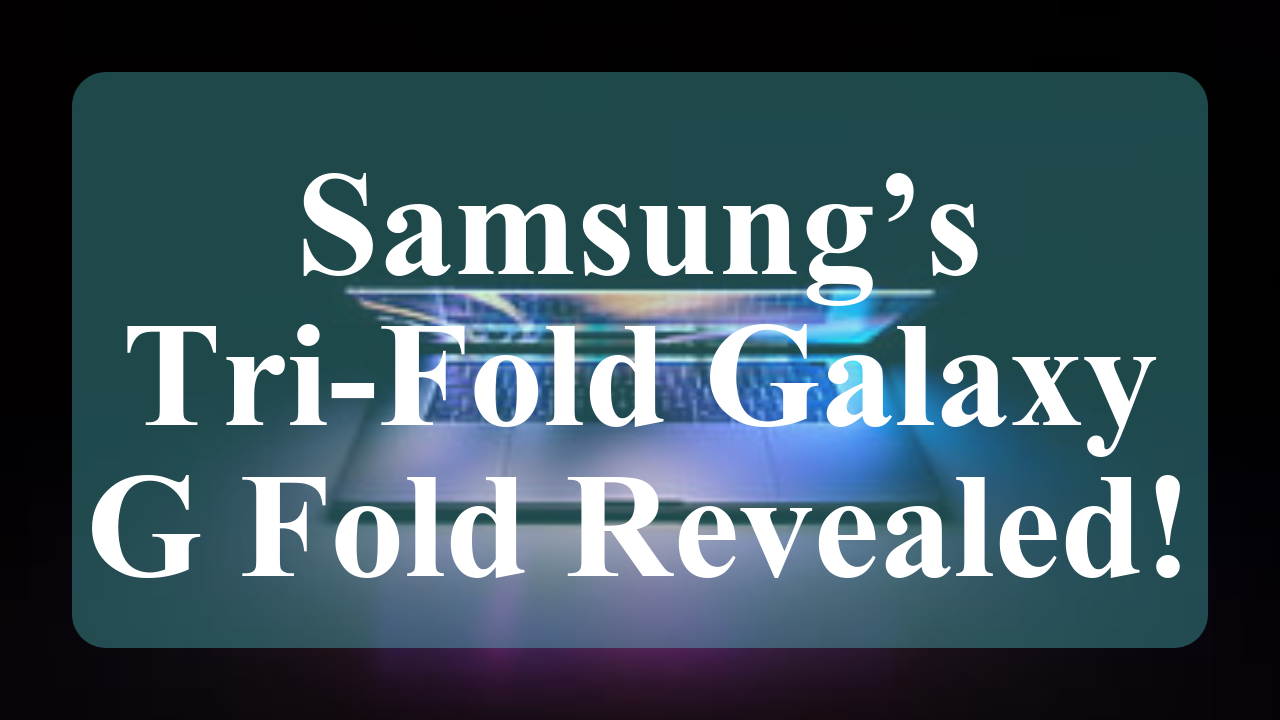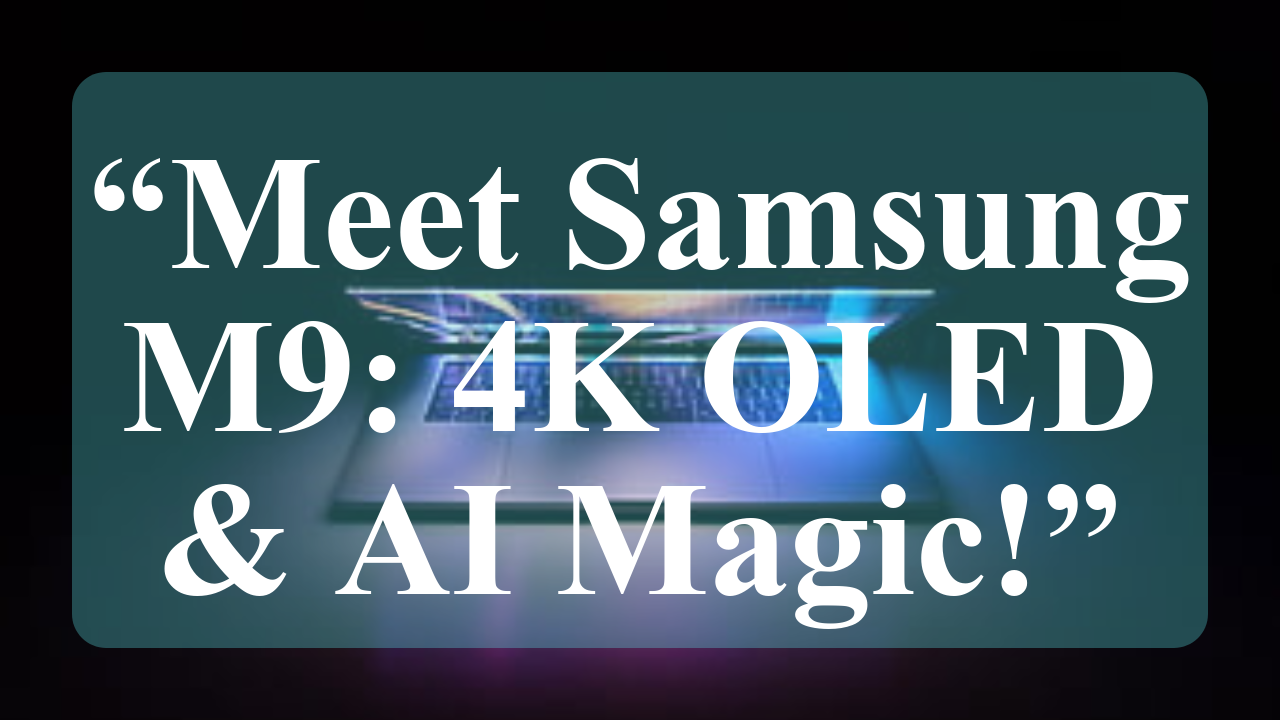Samsung Electronics faces a steep 56% profit drop in Q2 2025, driven by delays in supplying high-bandwidth memory (HBM) chips to Nvidia and U.S. restrictions on AI chip sales to China. Rivals SK Hynix and Micron gain ground in the AI market, while Samsung’s foundry struggles and inventory issues deepen concerns.
Samsung’s AI Chip Challenges Intensify Amid Nvidia Competition
Profit Plummet Signals Trouble
Samsung Electronics reported a staggering 56% decline in Q2 2025 operating profit, projecting 4.6 trillion won ($3.3 billion), down from 10.44 trillion won a year ago. This marks the company’s weakest earnings in six quarters, missing analyst expectations of 6.26 trillion won. Revenue is expected at 74 trillion won, below forecasts of 75.55 trillion won. The sharp drop underscores Samsung’s struggles in the booming AI chip market.
HBM Certification Delays with Nvidia
Samsung’s inability to secure Nvidia’s certification for its advanced 12-layer HBM3E chips is a critical setback. Nvidia, commanding 70% of global HBM demand, relies heavily on rivals SK Hynix and Micron, who have capitalized on robust U.S. demand. Samsung’s chips are still under evaluation, with no clear timeline for approval, allowing competitors to dominate the lucrative AI memory space.
U.S. Restrictions Hit China Sales
Samsung’s heavy reliance on China for chip sales has exposed it to U.S. export curbs on advanced AI chips. These restrictions, tightened in 2024, have hampered Samsung’s ability to compete in a key market. Meanwhile, SK Hynix and Micron benefit from strong U.S. demand, leaving Samsung vulnerable to growing competition from Chinese manufacturers.
Foundry Business Struggles
Samsung’s foundry division faces ongoing losses, compounded by weak orders and fierce competition from Taiwan Semiconductor Manufacturing Company (TSMC). The loss of Google as a client to TSMC further dents Samsung’s AI chip ambitions. Inventory adjustments, likely due to unsold HBM chips, have also contributed to the profit decline.
Competitor Edge in AI Market
SK Hynix has solidified its position as Nvidia’s primary HBM supplier, recently announcing early shipments of HBM4 samples. Micron is also advancing rapidly, reducing Samsung’s market share in the AI-driven memory chip sector. Analysts note Samsung’s limited diversification in AI strategies makes it susceptible to market fluctuations.
Glimmer of Hope
Despite the downturn, Samsung secured an order from AMD for HBM3E chips, signaling potential recovery. The company aims to start mass production of HBM4 chips in the second half of 2025 and expects gradual profit improvement driven by new smartphone launches, like the Galaxy Z Fold7 and Z Flip7, and non-Nvidia HBM sales.
Market Reaction and Outlook
Samsung’s shares fell 1.13% in early trading on July 8, 2025, reflecting investor concerns. Analysts, however, remain cautiously optimistic, citing Samsung’s R&D strength and potential to regain ground if HBM3E certification is secured by Q3 2025. U.S. tariffs and geopolitical tensions remain risks, but Nvidia’s shift to next-generation chips could offer Samsung a new opportunity.
Disclaimer: This article is based on recent news reports and publicly available sources as of July 8, 2025. Information is subject to change as Samsung releases full Q2 earnings details later this month. Readers are advised to verify updates from official sources.




